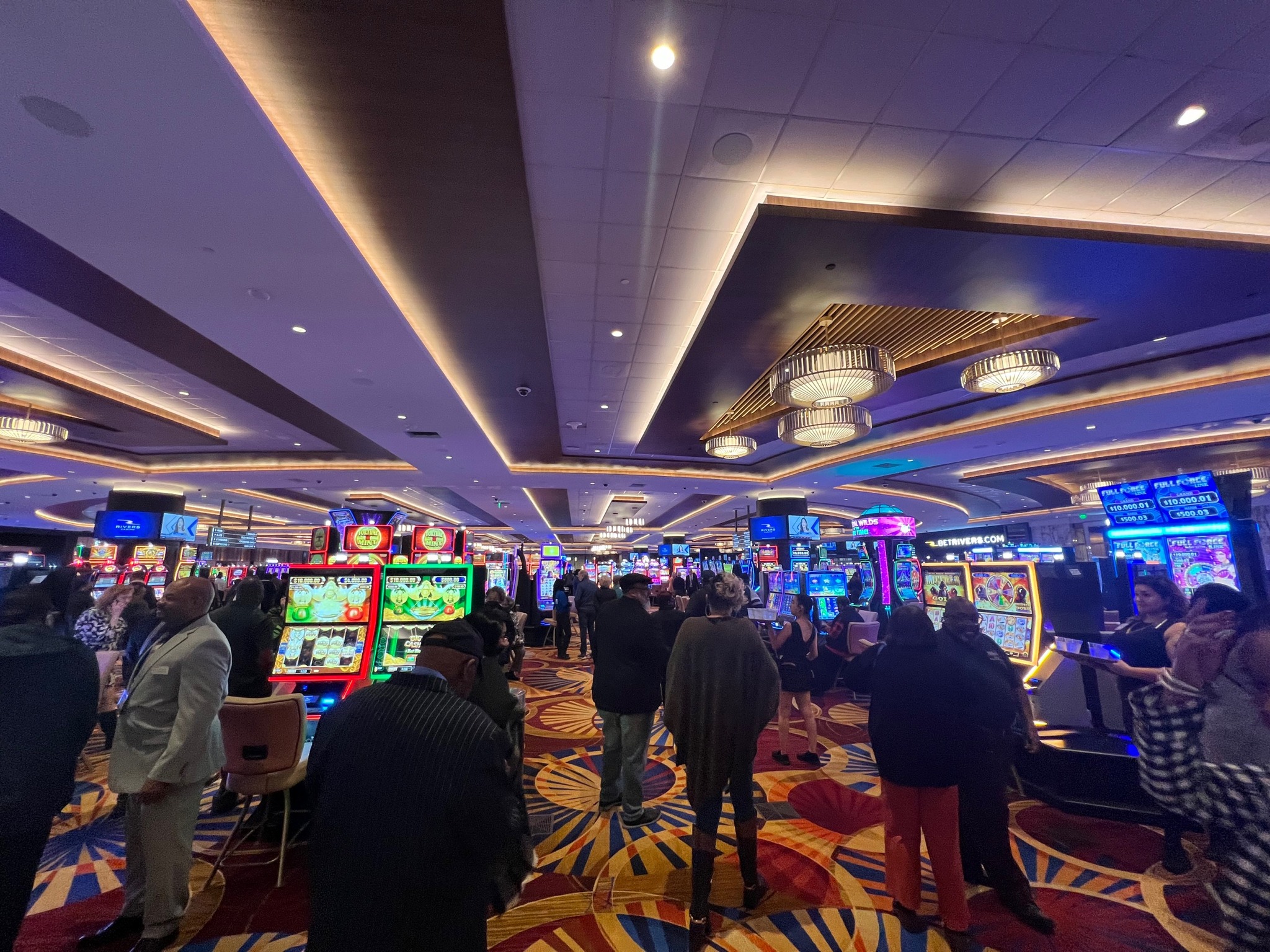Worldwide, the allure of casino slots games has enchanted millions, crossing cultural barriers and drawing in diverse audiences. From the busy casinos of the strip in Las Vegas to the lively gaming halls of the gaming hubs in Macau, these fascinating machines have become symbols of excitement and suspense. The whirling reels and colorful graphics draw players into immersive experiences, creating a distinct blend of chance and amusement that resonates with people from every background.
As these games develop, their impact extends beyond mere gambling; they impact mainstream culture, fuel art, and alter how people connect. Whether it’s through movies showcasing of casino life or the rise of digital slot games that bring the thrill of casinos to the convenience of home, the cultural significance of slot machines continues to expand. Exploring this trend reveals not just the mechanics of play, but also the deeper connections they establish within communities and their role in the broader landscape of entertainment options around the globe.
History of Gambling Slots
The beginnings of casino slots can be tracked to the late 19th century with the invention of the initial mechanical slot machine. In the year 1887, Charles Fey, a mechanic from San Francisco, created the first mechanical slot machine, which featured three spinning reels and a straightforward design with icons such as horseshoe symbols and playing cards. This machine gave users a shot to win coins, laying the foundation for what would become a global gaming trend.
As the acceptance of slot machines increased, various innovations appeared throughout the early 20th century. By the early 1900s, numerous companies began making their models, enhancing the machines with additional features and more sophisticated mechanics. These early devices became a fixture in bars, clubs, and eventually started to make their way into casinos. By the 1960s, the mechanical slot machine was more refined with the introduction of electronic components, leading to more diverse gameplay and higher player engagement.
The decade of the 1980s marked a significant shift when video technology was incorporated into slot machines. This innovation allowed for more intricate graphics, audio, and storylines, drawing in a broader audience. The fusion of impressive visuals and engaging gameplay transformed gambling machines into a major attraction in gambling establishments around the world. As a result, slots developed from plain machines into sophisticated entertainment systems, reflecting shifting cultural preferences and technological advancements.
Cultural Diversity within Slot Gaming
Gambling slot machines have developed so as to showcase the traditions along with traditions belonging to the regions in which they are played. For instance, in Japan, for instance, pachinko machines blend aspects from pinball alongside classic slot games, producing a distinct gaming experience that is deeply embedded in Japanese entertainment scene. These models frequently feature popular anime characters as well as themes, demonstrating the connection between gaming and mass culture within Japanese society.
Conversely, in the U.S., gambling slots often styled using popular films, famous people, or symbolic imagery of U.S. culture. Such a trend reflects a tendency for exalt as well as commercialize mass culture, allowing the gaming environment relatable among players. These eye-catching designs and sounds are intended so as to evoke thrill and pull players into the gambling experience, showcasing U.S. ingenuity for entertainment and technology.

In European countries likewise maintain distinct specific ways toward slot games. For instance, in Britain, for instance, classic fruit games found within pubs and arcades reflect community tastes for classic game designs. These models often focus on straightforward aesthetics as well as easy play, which resonate strongly with participants who value a fond gaming experience. Such geographical variation emphasizes the manner in which societal influences affect the progression while also popularity regarding slot slot games across different regions of the globe.
The Future of Casino Slots
As tech continues to evolve, the future of casino slots appears bright and exciting. Innovations in gaming technology, such as VR and AR, are likely to redefine how players experience slots. Imagine stepping into a digital gaming environment where players can engage with their environment more intensively, making the act of spinning the reels more thrilling and engaging than before. This transition could also draw in a younger demographic, ushering in a new era of casino entertainment.
Moreover, the integration of AI and big data will enhance personalization in casino slots. Players can expect games customized to their preferences, as AI analyzes their patterns and habits. This customization not only makes the gaming play more fun but also encourages loyalty, as casinos work hard to meet individual player needs. Upcoming slot games will likely include more immersive narratives and vivid content, pushing the limits of traditional gaming. https://king88clb.com/
Finally, the growth of mobile gaming will continue to shape the future of casino slots around the world. As more players turn to smartphones and tablets for gaming, casino operators will concentrate efforts on optimizing their games for mobile platforms. This ease of access allows for more accessible play, with players able to play their preferred slots anytime and any place. As the global gaming market grows, the evolution of casino slots will play a crucial role in drawing new players and keeping the thrill of existing fans.
